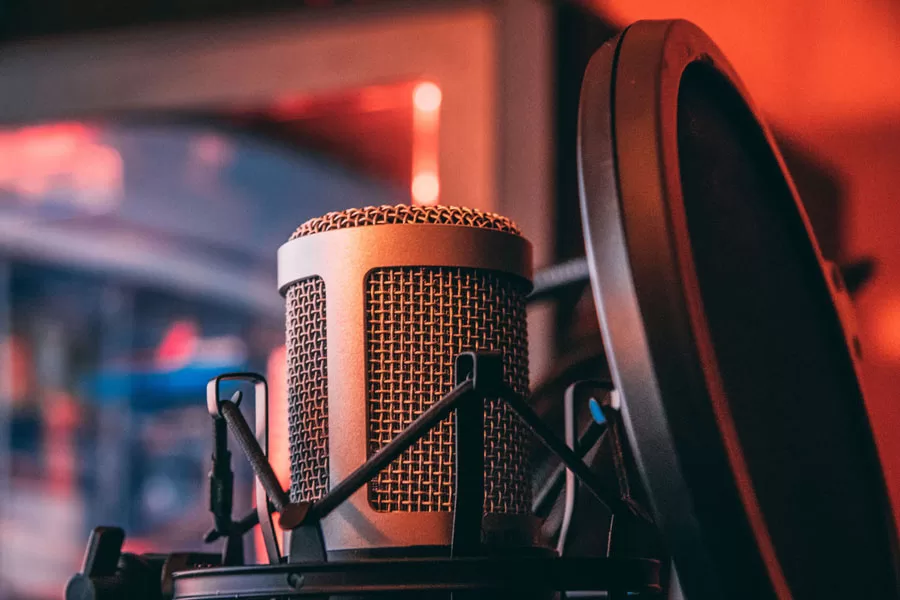When we think about a great voice over, the likes of James Earl Jones might spring to mind, because we connect with the actor rather than the technical aspects of the read. But if you don’t have the budget for Morgan Freeman, or Joanna Lumley, what makes a great voiceover?
We think the technical aspects of a great voice-over should consist of the following elements:
Clarity
Simply put, if the voice over recording is inaudible in any way i.e. too low, or ‘muddy’ or too high and distorted, it will be difficult for people to understand, so your audience will simply switch off. Always ensure your audio is recorded to the highest quality at the right levels.
Pacing
Pacing refers to the speed at which the voice over is read. A fast read, can sound over excited, giving the impression that the message is urgent, while a slow read may come across as disengaged. The best voice overs have a natural and deliberate pace.
Tone and inflection
Inflection refers to the change in the pitch and rhythm of your voice, while tone refers to the quality and strength of your speech. For example, lifting your voice upward at the end of a sentence would indicate a question, while moving it down would emphasize what you said.
Enunciation
Enunciation is derived from the Latin word enuntiationem, meaning ‘declaration’. Enunciation is more than pronouncing words clearly, it’s expressing them. An example of people with good enunciation, might be newsreaders or public speakers. Poor enunciation is seen in those who mumble, or mash their words together.
So, regardless of who your voice over talent is, look out for these elements when trying to understand if it’s a great voice over or not.

